
Reducing dependence on the supply chain
Healthy supply chains have been the foundation of business since the beginning of trade. But what happens when your supply chain is disrupted due to external influences? This can pose significant challenges for companies.
This guide from Markforged and Mark3D focuses on supply chain management of the future. Recent global events confirm the delicate nature of some supply chains and demonstrate the importance of reducing the costs of key components.
Construction parts are just as critical as purchased components
An efficient supply chain is crucial to the success of many companies: It shortens lead times, reduces costs, and ultimately increases revenue. But what is often overlooked?
In today's world where companies strive to remain competitive, efficiency is key, and the supply chain is coming under increasing pressure. Companies employ supply chain specialists—and when their improvements impact the bottom line, their company achieves better financial results—much to the delight of shareholders.
Many companies have established a contingency system for the ongoing supply of critical parts, allowing them to continue operating normally even if the status quo is disrupted by human rights, conflict, political, financial, or biological factors. This was borne out during the recent COVID-19 pandemic, when some companies were able to continue production throughout, while others quickly ground to a halt because their plans failed to adequately address a key component—their technical supply chain. We all know the value of completing multi-million dollar projects, but many have overlooked the fact that a spare part worth €10 can easily bring a plant to a standstill.
Risk management in the engineering supply chain is vital! In many cases, during the pandemic, it wasn't simply "parts delivery" that posed a problem, but spare parts. After months or perhaps years of fine-tuning relationships and processes within their supply chain, experts failed to realize their complete reliance on engineering parts suppliers. While it's great to have enough components to assemble your products, what happens if your fixture supplier lets you down, or your automation specialist can't deliver your custom grippers because they're in lockdown?
A modern company today must take control of its engineering supply chain. The dependence on contractors for mission-critical engineering parts should indeed be taken very seriously. A production line idled awaiting a spare part may as well be without assembly parts—a standstill is a standstill! The lessons learned from the COVID-19 pandemic show us that it would be wise to employ a team of supply chain specialists who can also focus on the engineering supply chain. Alternatively, there is another option: regain control of outsourced engineering work and bring it back in-house.
Additive manufacturing as an opportunity
It's now possible for design departments to create robust, lightweight components in a fraction of the time it would take to outsource. No specialized manufacturing skills are required, and there's no need for large, power-hungry machine tools. An entry-level 3D printer costs less than the price of a pickup truck and runs on a 3-pin, 240V plug! There are also a number of easy-to-use metal 3D printers that also cost less than the average CNC machine tool.
These printers offer an ever-expanding range of materials and regular advances in functionality. The technology is now both affordable and usable, so it should be considered a must-have for supply chain specialists—some pioneers have already recognized this.
As materials continue to advance, traditional low-volume manufacturing techniques will no longer be competitive. Any company serious about an uninterrupted supply chain should bring critical parts production in-house. Companies can now easily transition from a "we outsource everything" model to a self-service (or hybrid) model and regain control.
Request a DEMO component now!
See for yourself how strong the continuous fibers are.

Supply Chain at Mark3D Customers
#1 small series parts
A UK-based SME has brought in-house production for small series parts to reduce costs
to reduce and regain control:
If you're operating in the low- to medium-volume home appliance market, justifying plastic injection molding tools isn't easy. Amortization must be calculated over a relatively large volume of parts. Inevitably, over-ordering to get the correct "price per part" means keeping large quantities on the shelf for "future" use. This is disastrous if they change after the first few parts.
This SME's molds were manufactured by companies around the world and then stored on-site at the contracted plastic injection molding company, requiring the owner to insure them with their insurance. Any modification to the mold is a lengthy process and proves to be very expensive.
With the introduction of 11 Markforged 3D printers, this SME is printing well over 75% of the original list of 90 target parts. The rest are still in-stock items and require some engineering changes to optimize them, so they will follow soon. All new designs are optimized for 3D printing, with it being chosen as the preferred manufacturing process in many cases. Your first thought when designing new parts these days is "can this be printed?"
A tour of their facility confirms that 3D printing is having a major impact. Every day, printed parts are attached to goods designed and printed on-site. They are installed directly, without rework, and it's convenient to maintain a digital (rather than physical) spare parts inventory.
Profit: Inventory reduction and capital release
#2 New product launch
After being let down by a major supplier, the medical company gave additive manufacturing a chance:
This innovative medical implant company was just launching a new product when the world fell victim to the Covid-19 pandemic, closing facilities and disrupting many supply chains almost overnight.
Faced with the near-impossible task of ensuring on-time delivery of their new product, the engineering team had to find an innovative way to develop the fixtures and workholding required for 72 product variants. Additive manufacturing gave them the opportunity to leverage new techniques and follow an agile process.
When the design team was initially approached by the inspection team, who requested 48 variations of a "machined" shaft component for the creation of the CMM programs and the design of their fixtures, the design team quickly realized that the parts could be 3D printed to exact dimensions for each stage of the process. From the CAD model of the casting, they printed a full-size femur in Onyx with a solid infill and used it to initially create the CNC programs. They reviewed the CAM toolpaths while simultaneously designing and manufacturing the machining fixtures.
This "machined" part was then used by the next person in the process for their design work, and so on until the workpiece fixtures, fixtures, CNC programs, CMM programs, and text for laser marking were completed and approved. The entire design process was compressed by concurrent machining, all while waiting for raw material!
Profit: Fast and agile introduction of new products
3# Fewer subcontractors
Outsourced spare parts and fixtures are manufactured in-house to reduce costs and lead times:
After spending a considerable amount of money on tools, fixtures and prototype construction in recent years, the company had to make cuts to remain competitive in the market.
One of the company's biggest costs is having spare parts manufactured by subcontractors. Not only is it costly to have parts manufactured, it also takes a very long time, and time is something they simply don't have these days. Another area they sought to improve was with new product launches. The fixtures and assembly equipment needed to get just a few initial prototypes into the hands of the sales team are also very expensive. Subcontracting these jobs meant this company was forced to spend a lot of money on something that might only be used a few times.
The production engineering team has successfully printed end-use parts in real-world tests that performed well in testing. They have created large assembly jigs with metal components that connect printed parts, support collars for crimping machines, and numerous spare tools. In one case, a machined part with a lead time of 4-6 weeks was delivered from the printer in 5.5 hours. It fit directly onto the machine, and production began immediately.
3D printing is now fully accepted as an integral part of the design processes and is used extensively in the factory.
Profit: No more dependence on third parties
Learn more about 3D printing with continuous fibers!
Which continuous filament is suitable for which application? How do I design correctly for filament 3D printing? What do users say about it, and where can I find more information? – You've come to the right place! We've listed several information sources that will help you get the answers you need.




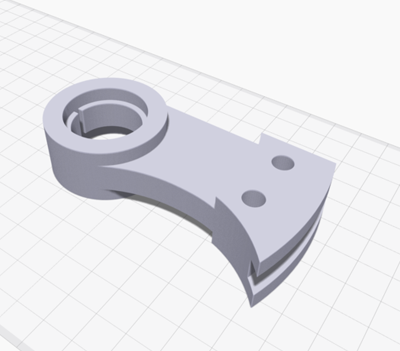
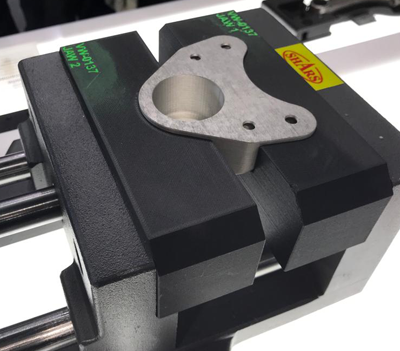
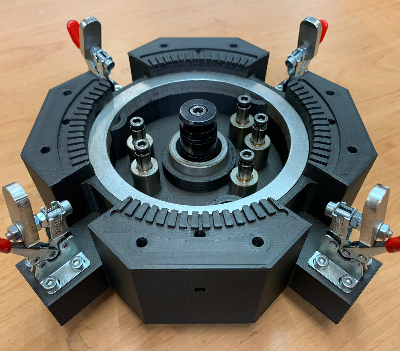

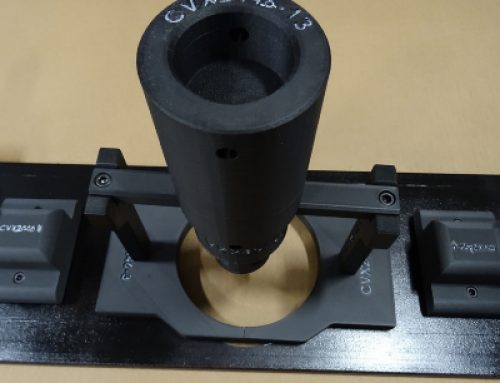
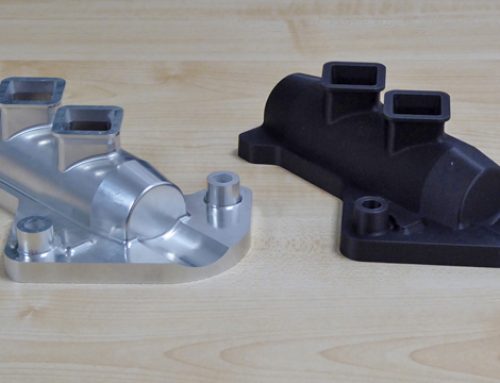

Hinterlasse einen Kommentar